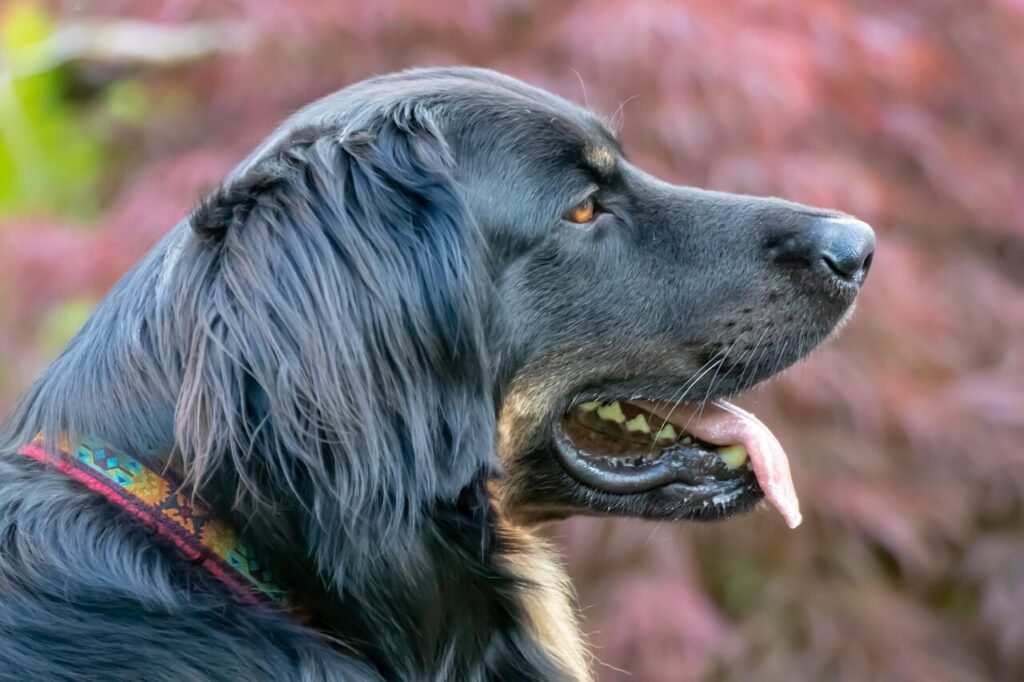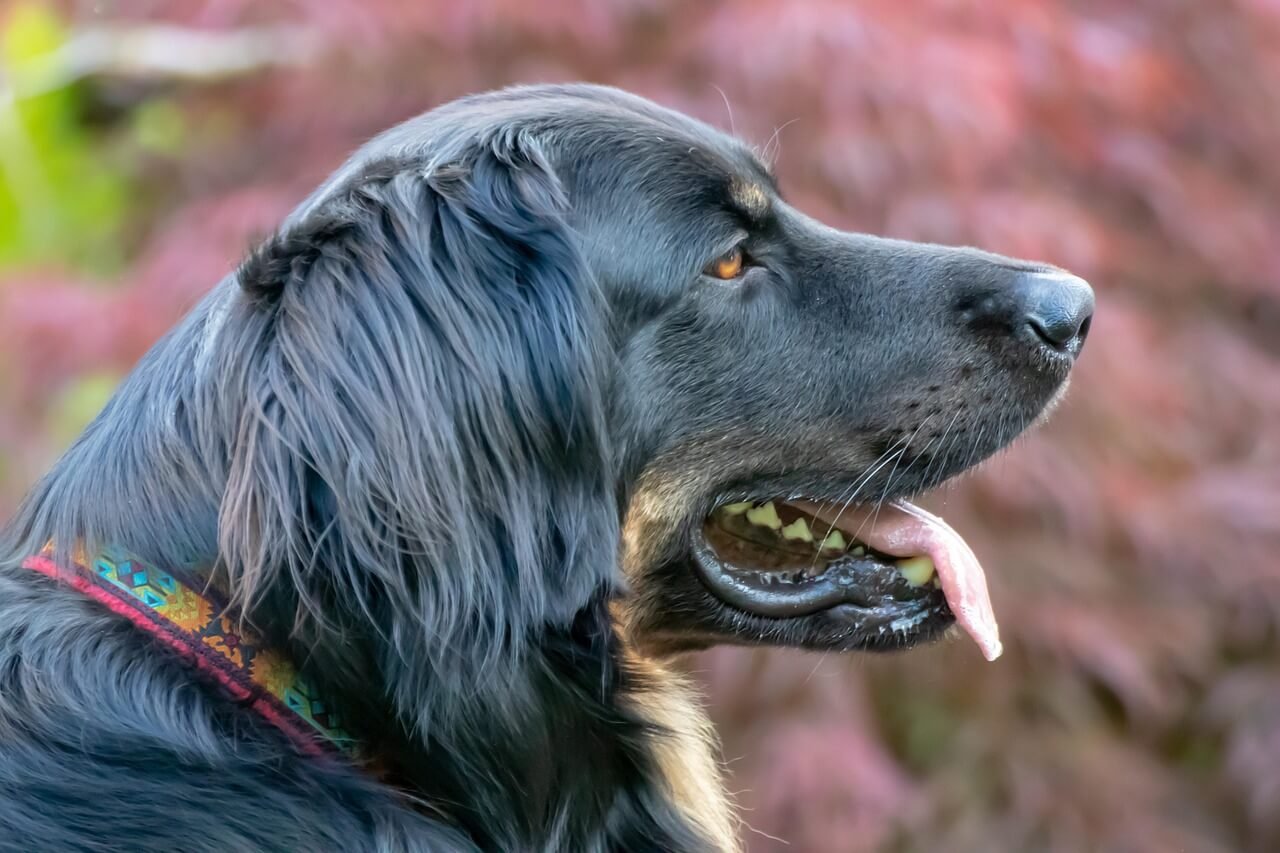Can Dogs Eat Rib Bones? What Every Pet Owner Should Know
As a dog owner, you’ve probably found yourself wondering whether certain human foods are safe to share with your furry friend. One common question that often arises is: Can dogs eat rib bones? It’s a topic that sparks curiosity and concern alike, as many pet owners want to ensure their dogs are both happy and healthy. While the image of a dog gnawing on a bone might seem natural, not all bones are created equal when it comes to canine safety. In this blog post, we’ll dive into everything you need to know about rib bones and your dog’s diet, so you can make informed decisions for your four-legged companion.
Why Are Rib Bones Controversial for Dogs?
When it comes to feeding your dog rib bones, opinions vary widely. Some people believe they’re a great treat, while others warn against them entirely. Below, we’ll explore the reasons why rib bones are such a hotly debated topic in the pet community.
Potential Choking Hazard
Rib bones, especially cooked ones, can splinter into sharp fragments that pose a choking risk.Risk of Internal Damage
Sharp bone fragments can cause injuries to your dog’s mouth, throat, or digestive tract.Digestive Blockages
Small bone pieces may get lodged in your dog’s intestines, leading to blockages that require surgery.High Fat Content
Rib bones often come with fatty tissue, which can upset your dog’s stomach or lead to pancreatitis.Cooked vs. Raw Debate
Cooked bones are more likely to splinter, while raw bones are considered safer by some experts but still carry risks.
In conclusion, the controversy surrounding rib bones stems from the potential dangers they pose to your dog’s health. Understanding these risks is crucial before deciding whether to offer them as a treat.
The Benefits of Rib Bones for Dogs (If Any)
While rib bones come with risks, some pet owners argue that they also offer certain benefits. Let’s take a closer look at what those potential advantages might be.
Dental Health
Chewing on bones can help reduce plaque and tartar buildup on your dog’s teeth.Mental Stimulation
Bones provide a fun and engaging activity that keeps your dog entertained for hours.Nutritional Value
Raw rib bones contain marrow, which is rich in nutrients like calcium and phosphorus.Satisfying Natural Instincts
Chewing is a natural behavior for dogs, and bones allow them to fulfill this instinct.Alternative to Store-Bought Treats
For some owners, offering rib bones is a cost-effective way to provide a treat.
While these benefits may sound appealing, it’s important to weigh them against the potential risks before giving your dog a rib bone.
Check this guide 👉Can Dogs Eat Chickpeas? Best 7 Expert Tips!
Check this guide 👉Can Dogs Eat Pineapple? Best 7 Health Tips!
Check this guide 👉Can Dogs Eat Bacon? Best 7 Expert Tips!

Risks of Rib Bones | Safer Alternatives for Dogs |
|---|---|
Splintering and choking hazards | Rubber chew toys |
Risk of internal injuries | Dental chews |
Digestive blockages | Frozen carrots |
High fat content | Peanut butter-filled Kongs |
Potential for pancreatitis | Rawhide-free treats |
How to Safely Introduce Rib Bones to Your Dog
If you decide to give your dog a rib bone despite the risks, there are steps you can take to minimize potential harm. Here’s how to do it safely:
Choose Raw Over Cooked
Raw bones are less likely to splinter compared to cooked ones.Supervise Your Dog
Always monitor your dog closely while they’re chewing on a bone.Limit Chewing Time
Don’t let your dog chew on a bone for more than 10–15 minutes at a time.Inspect the Bone Regularly
Check the bone for signs of splintering or small fragments.Know Your Dog’s Chewing Style
Aggressive chewers are more likely to break bones into dangerous pieces.
By following these guidelines, you can reduce the risks associated with rib bones. However, it’s always best to consult your veterinarian before introducing them to your dog’s diet.
Signs Your Dog May Be in Trouble After Eating a Rib Bone
Even with precautions, accidents can happen. If your dog has eaten a rib bone, watch for these warning signs that indicate they may be in distress.
Excessive Drooling
This could be a sign of oral pain or injury.Vomiting or Diarrhea
These symptoms may indicate digestive upset or blockage.Lethargy or Weakness
A lack of energy could signal internal complications.Whining or Pawing at the Mouth
Your dog may be experiencing pain from a splinter or fragment.Difficulty Breathing
Labored breathing could mean a bone fragment is lodged in the throat.
If you notice any of these signs, contact your veterinarian immediately. Early intervention can prevent serious complications.
Understanding the Risks of Cooked Rib Bones
Cooked rib bones are often considered more dangerous than raw ones. Here’s why they pose such a significant threat to your dog’s health.
Increased Splintering Risk
Cooked bones lose moisture and become brittle, making them more likely to break into sharp fragments.Higher Choking Hazard
The brittle nature of cooked bones means they can easily break into small pieces that may get lodged in your dog’s throat.Potential for Severe Injuries
Splinters from cooked bones can cause deep cuts in your dog’s mouth, throat, or digestive tract.Digestive Blockages
Small bone fragments can accumulate in the intestines, leading to painful and life-threatening blockages.Nutritional Imbalance
Cooked rib bones often retain fat and seasoning, which can upset your dog’s stomach or lead to obesity.
In conclusion, cooked rib bones should generally be avoided due to their high risk of splintering and causing harm. Always opt for safer alternatives to keep your dog safe and satisfied.
Signs That Your Dog Is a Safe Bone Chewer
Not all dogs chew bones the same way. Some are gentle, while others are aggressive chewers who may be at higher risk of injury. Here’s how to determine if your dog is a safe bone chewer.
Gentle Chewing Behavior
Your dog takes their time and doesn’t attempt to crush or break the bone into pieces.No History of Gastrointestinal Issues
Dogs with sensitive stomachs or a history of blockages may not handle bones well.Adequate Dental Health
Strong teeth and gums reduce the risk of dental damage while chewing bones.Ability to Self-Regulate
Some dogs know when to stop chewing, preventing overconsumption or injury.Past Experience with Bones
If your dog has safely enjoyed bones before without issues, they may be a good candidate for occasional treats.
If your dog exhibits these traits, they may be a safer candidate for supervised bone chewing. However, always monitor them closely to avoid accidents.
Tips for Choosing Safer Chew Alternatives
If you’re looking for safer options than rib bones, there are plenty of alternatives that can satisfy your dog’s chewing instincts without the risks. Here are some tips for choosing the right chew toys or treats.
Opt for Durable Rubber Toys
Rubber toys like Kongs are designed to withstand aggressive chewing and are safe for most dogs.Look for Edible Dental Chews
Dental chews are formulated to clean teeth while being easy to digest.Choose Natural Snacks
Frozen carrots or apple slices (without seeds) are healthy, low-calorie options for chewing.Avoid Products with Artificial Additives
Stick to chews or toys free of harmful chemicals, dyes, or preservatives.Consider Size and Texture
Ensure the chew or toy is appropriately sized for your dog to prevent choking or swallowing whole.
By selecting safer alternatives, you can keep your dog entertained and healthy without exposing them to the dangers of rib bones. Always prioritize quality and safety when choosing treats or toys for your furry friend.
FAQ
Are rib bones safe for dogs?
Rib bones can be risky due to splintering, choking hazards, and potential digestive issues. They should only be given under supervision and with caution.
Can I give my dog cooked rib bones?
No, cooked rib bones are more likely to splinter and cause harm. Raw bones are considered safer but still carry risks.
How long can my dog chew on a rib bone?
Limit chewing time to 10–15 minutes to reduce the risk of splintering or overconsumption.
What are safer alternatives to rib bones?
Safer options include rubber chew toys, dental chews, frozen carrots, and peanut butter-filled Kongs.
What should I do if my dog swallows a bone fragment?
Monitor your dog for signs of distress, such as vomiting or difficulty breathing, and contact your veterinarian immediately.
Final Thoughts: Prioritizing Your Dog’s Safety
When it comes to feeding your dog rib bones, the risks often outweigh the benefits. While they may seem like a natural treat, the potential for splintering, choking, and digestive issues makes them a questionable choice. By understanding the dangers and exploring safer alternatives, you can ensure your dog stays happy and healthy. Always prioritize your pet’s well-being and consult your veterinarian before introducing any new food or treat into their diet. Remember, a safe dog is a happy dog—and that’s what every pet owner wants!
Canned Pumpkin for Cat Diarrhea: Best 7 Expert Tips! Natural remedy to firm stools, soothe upset bellies, and support gut health safely.
Can a Cat Give You Scabies? Best 7 Expert Tips! Discover the truth about feline mites, human skin risks, and how to protect yourself—without panic.
Cat Flea vs Human Flea: Best 7 Expert Tips! Discover the truth about bites, species, and how to eliminate infestations for good.
Weird Cat Behaviors: Best 7 Expert Tips! Discover why cats do strange things—and how to understand, not punish, their instincts for a happier home.





